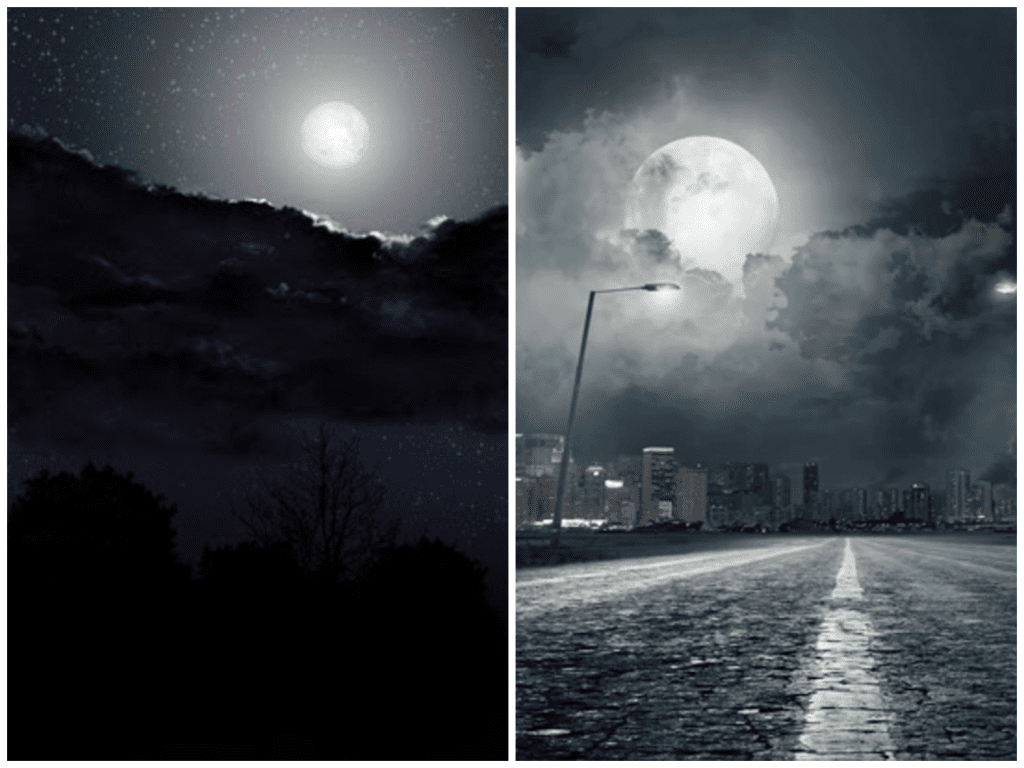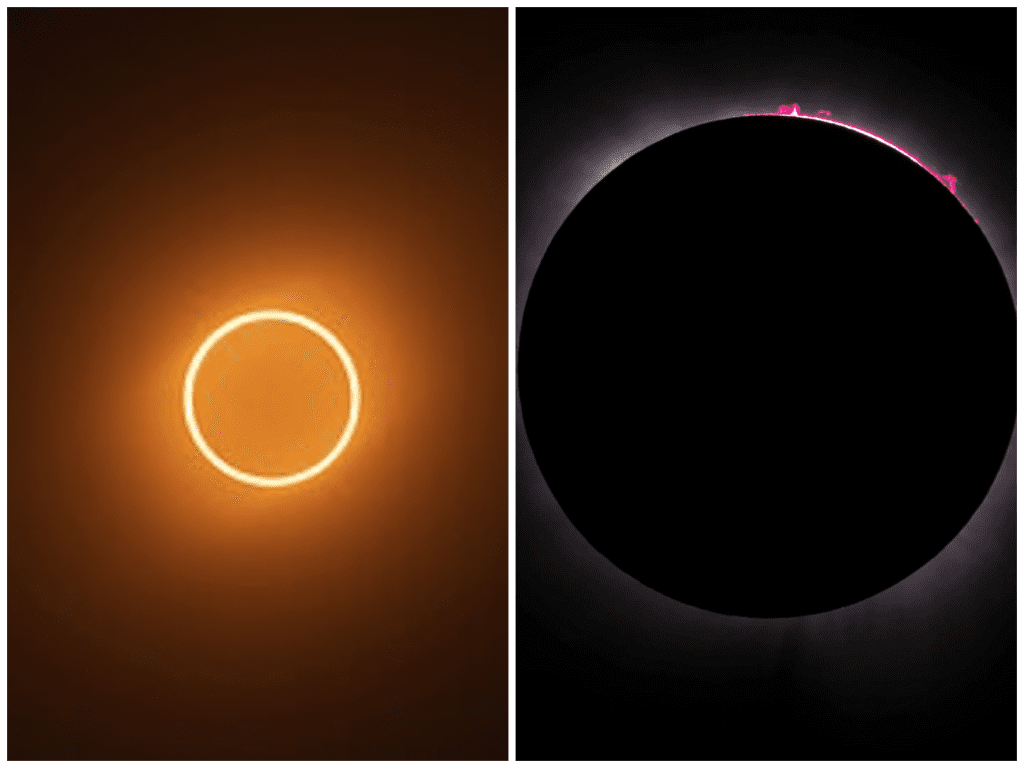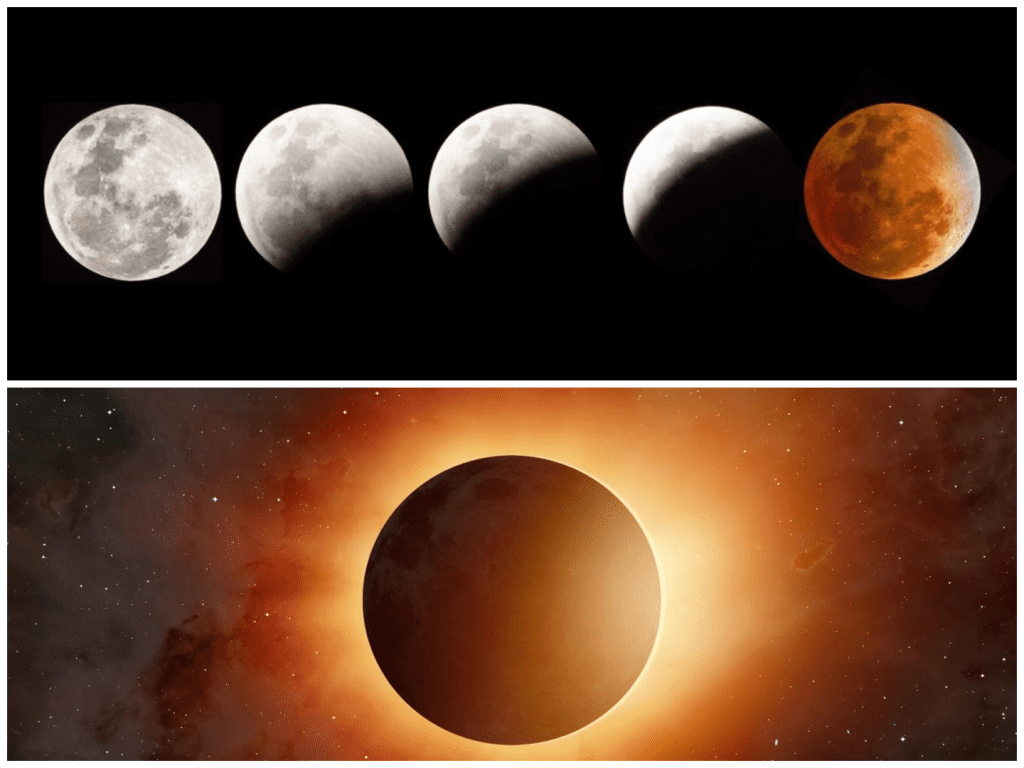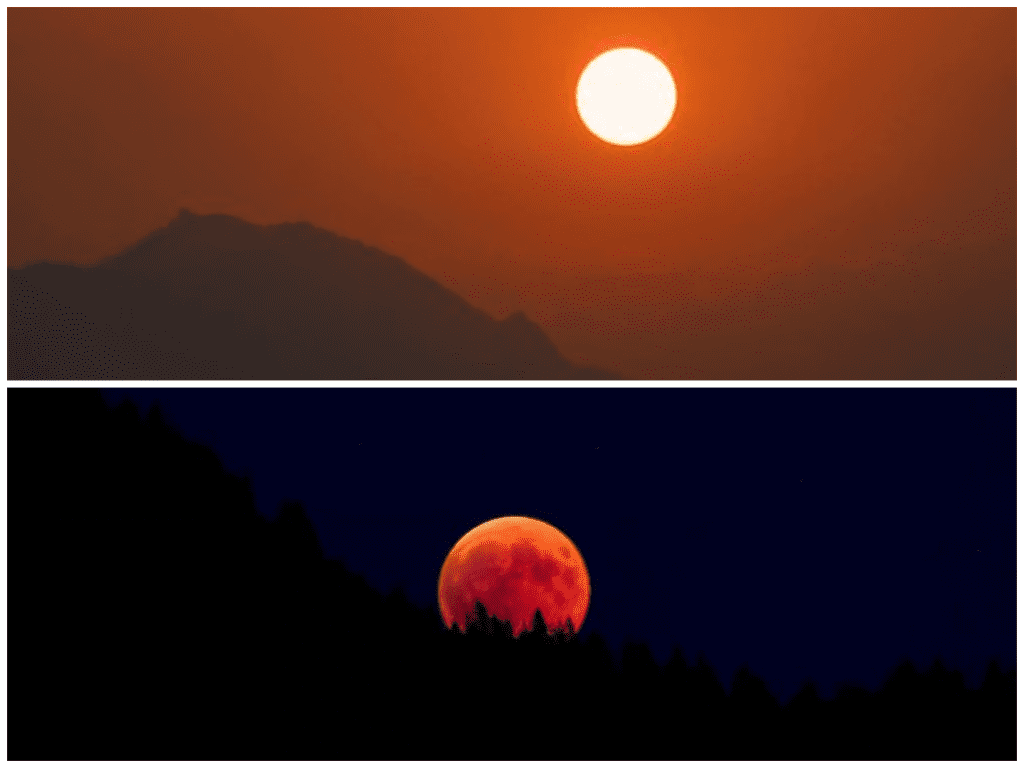On August 2, 2027, the World Will Go Dark for 6 Minutes — And You Won’t See It Again for 100 Years
I remember being a kid, lying on the grass and staring up at the sky, dreaming about outer space and those rare moments when the universe decided to show off. Shooting stars, blood moons, comets—you name it. But nothing ever felt quite as mythical as a total solar eclipse. Now, here we are, inching closer to one of the most astonishing celestial events we’ll ever witness in our lifetime: the total solar eclipse of August 2, 2027.
This isn’t just another eclipse. It’s the longest total solar eclipse visible from land between 1991 and 2114. For more than six minutes, the sky will go black in the middle of the day, the stars may peek through in places, and the world will be reminded—if only for a few fleeting minutes—that we are tiny participants in a vast and powerful cosmic show.

The last time something this spectacular happened, most of us weren’t even born. And once it happens in 2027, no one alive today is likely to see anything like it again. It’s being called “The Great North African Eclipse,” and for good reason. The path of totality—where complete darkness will fall—cuts dramatically across parts of southern Europe, North Africa, the Middle East, and stretches all the way to the Indian Ocean. Cities like Luxor in Egypt, Jeddah in Saudi Arabia, and Benghazi in Libya are in prime position to witness over six minutes of daytime darkness.
The science behind it is awe-inspiring. A total solar eclipse occurs when the Moon passes directly between the Earth and the Sun, perfectly aligning to block the Sun’s rays and cast a shadow on the Earth. When this happens, daytime suddenly turns into night. For a few moments, the temperature drops, birds stop singing, and the horizon glows like twilight in every direction. It’s nature’s version of a magic trick—except it’s all real, governed by gravity, time, and the mechanics of the solar system.
But this eclipse isn’t just for scientists or eclipse chasers. It’s for everyone. Tourists are already booking trips to prime viewing locations. Schools and universities are planning learning events. Amateur astronomers are dusting off their telescopes. And entire towns in North Africa and the Middle East are preparing for a once-in-a-century influx of visitors, all with eyes fixed skyward.
I spoke to a friend from Morocco who lives near the edge of the path of totality. He told me their small village is buzzing in a way he’s never seen before. Hotels are getting booked out. Local guides are designing eclipse-watching experiences that blend science with culture. For people living in those regions, it’s not just a cosmic event—it’s a historical one. They’ll be telling their grandchildren about the day the sky went dark at noon and the stars came out to play.

Astronomers are especially excited about this one. The long duration—six minutes and 23 seconds at its peak—gives researchers ample time to study the Sun’s corona, the wispy outer layer of plasma that’s usually hidden by the blinding sunlight. Observing the corona can help scientists understand solar wind, space weather, and even how energy moves through the Sun’s magnetic fields. For space researchers, it’s a golden window that won’t come again for over 80 years.
But even if you’re not a scientist, the emotional pull of the event is undeniable. There’s something deeply humbling about standing under a darkened sky in the middle of the day, surrounded by silence and awe. It puts things in perspective. We spend so much time rushing around, worrying about bills, phones, politics, and problems. An eclipse is a cosmic reset button. For six minutes, the universe says: “Pause. Look. Feel.”
What strikes me most about events like these is how they unite people. There’s no language barrier in wonder. It doesn’t matter if you’re in a big city or a small village, if you’re rich or struggling, young or old. Everyone looks up. Everyone gasps. Everyone feels that same tingle in their spine when the world briefly turns off the lights.

And after it’s over—after the sun creeps back into view, after the shadows fade and the world returns to normal—you realize you’ve just shared something rare with millions of strangers across continents. For a moment, we are one species, on one planet, orbiting one sun, caught in one beautiful moment that won’t come again for generations.
If you’re lucky enough to be in the path of totality, prepare for it. Mark the date: August 2, 2027. Pack your eclipse glasses. Plan your trip. Set your alarm. And if you’re not in the path, don’t worry. There will still be a partial eclipse in large parts of Europe, Asia, and Africa. It may not be total, but it’ll still be unforgettable.
What matters most isn’t just seeing it. It’s feeling it. It’s remembering, even just for six minutes, that we’re part of something much bigger.


